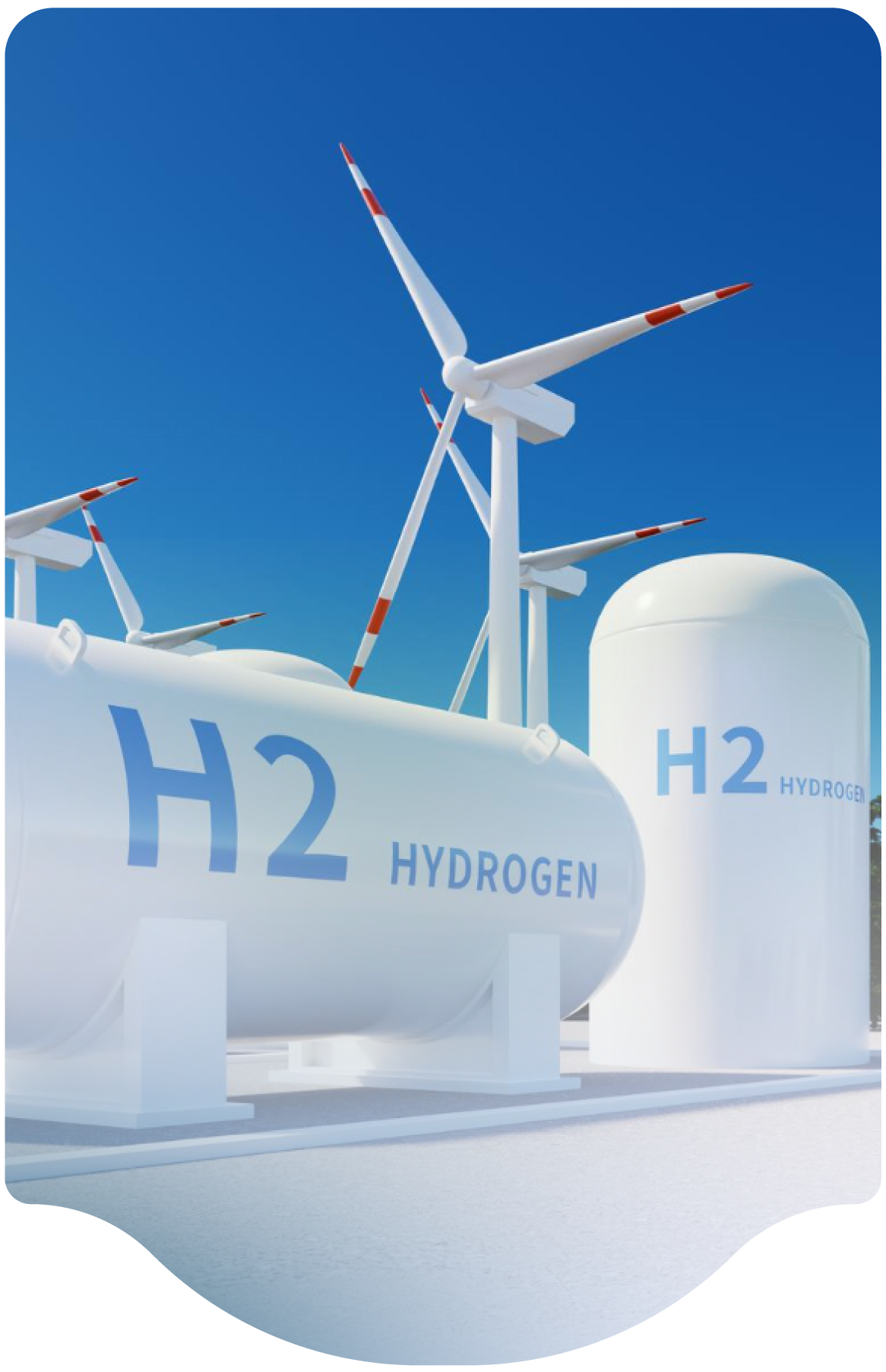- Home
-
Resources
- Center for Hydrogen Safety
- Hydrogen Fuel Cell Codes and Standards
- Learnings & Guidance
- Paper & References
- Web-based Toolkits
- Workforce Development

- Contact
- About H2Tools
- Welcome to the Hydrogen Tools Portal
- helpdesk@h2tools.org
FAQ
Frequently Asked Questions
Question & Answer
Category
FC Electric Vehicles, Fueling Stations, Storage
Category
FC Electric Vehicles, Fueling Stations, Storage
- 29 results found
- Clear All
The HSP is not aware of any specific standards for this application, but LNG standards could serve as a useful starting point given the extensive maritime trade of LNG and its use in ship…
Category:
Keywords:
Neither section is a perfect fit for marine hydrogen fueling, but that is often the case with applying Codes. The most prudent approach is to…
Category:
Keywords:
The HSP is not aware of any immediate provisions in the IFC or CFC specific to maritime hydrogen fueling, but it would make sense for it to be addressed in either IFC Section 2309, Section 2310, or referenced in both. In NFPA 2, the HSP has not seen any proposals to date; however, anyone who…
Category:
Keywords:
It’s not clear if “mobile” in the question refers to vehicle fuel tanks, or vessels used for transportation of hazardous materials.
- If it’s a Type 4 vessel for transportation of hazardous materials, it will be built to a special permit that details the inspection requirements. Special permits vary but they are generally consistent on a 5-year requalification period, which also…
Category: FC Electric Vehicles
Keywords: FC Vehicles, Storage, Tank, Inspection
FCEVs usually contain only a minimal amount of hydrogen fuel pressure (several Mpa) to support getting the car on and off car carriers. Panel members are not aware of any hydrogen release incidents during vehicle loading and don’t know what the probability of such a leak is considering the loading operations. A risk assessment accounting for the probability of collisions as well as leaks from…
Category: FC Electric Vehicles
Keywords: FC Vehicles, Ferry, Ship Transport, Lifting Equipment
Generally speaking, the International Fire Code and NFPA 2 apply to non-transportation use of hydrogen. These are maturing quickly, with NFPA 2 currently having issued its most recent edition in 2023. Standards for both on-board LH2 tanks and LH2 tankers for bulk fuel transport are managed by the U.S. Department of Transportation (DOT) and are well established. DOT transport requirements for…
Category: FC Electric Vehicles
Keywords: FC Vehicles, Gas, Liquid, Transport, Standard
Hydrogen gas storage and fuel cell systems are typically closed systems with a variety of monitoring and control functions to prevent leaks. Please check with the bus manufacturer and authority having jurisdiction to verify this is acceptable per their direction. However, a good safety practice would be to minimize the time spent indoors for these activities. Hydrogen vehicles maintained in a…
Category: FC Electric Vehicles
Keywords: FC Vehicles, Indoor Carwash
Regarding the concept of introducing hydrogen gas into natural gas pipelines, this is indeed a hot topic and there are recent quantitative treatments of fatigue crack growth driven by pressure cycling and potentially accelerated by hydrogen. Some analysis has shown that it can be acceptable to operate natural gas pipelines with a hydrogen blend. However, this is highly dependent…
Category: Storage
Keywords: Storage, Large Quantity, Propane, Natural Gas, Tank, Pipeline, Piping
Hydrogen cylinders contain pure hydrogen unless they are specifically manufactured for and marked as a mixture. The purity grade is usually between 99.5% and 99.9999%. The balance is typically inert gases (such as nitrogen) with just ppm levels of other contaminants, but this can vary depending upon the production source. When emptied, the residual is still the same purity of hydrogen, just at…
Category: Storage
It is possible to store large quantities of gaseous hydrogen above ground, but it will likely require a large footprint due to its relatively low density even at high pressure. Also, if the quantity equals or exceeds 10,000 lb., the facility will need to comply with OSHA 1910.119 process safety management requirements if located in the US. Similar regulations exist in Europe and Asia that…
Category: Storage
Keywords: Storage, Gas, Large Quantity, Tank, Pipeline
We are professional and reliable provider since we offer customers the most powerful and beautiful themes. Besides, we always catch the latest technology and adapt to follow world’s new trends to deliver the best themes to the market.
Contact info
We are the leaders in the building industries and factories. We're word wide. We never give up on the challenges.
- 2 Queen Street,California, USA
- (+84) 04 123 456
- :Helpdesk@h2tools.org
